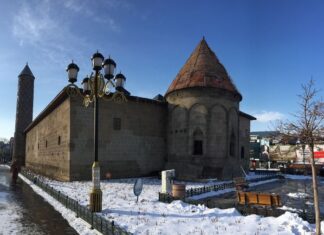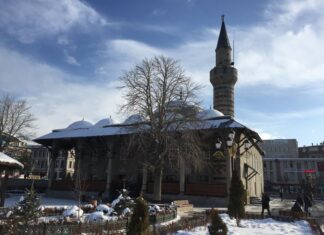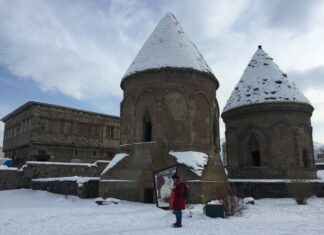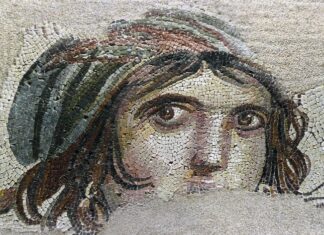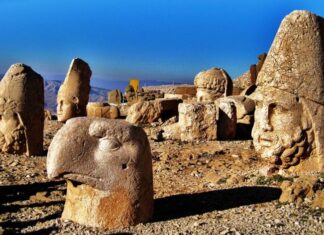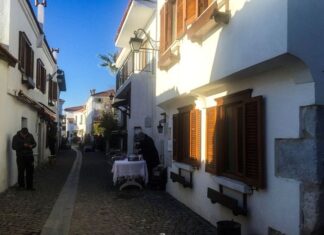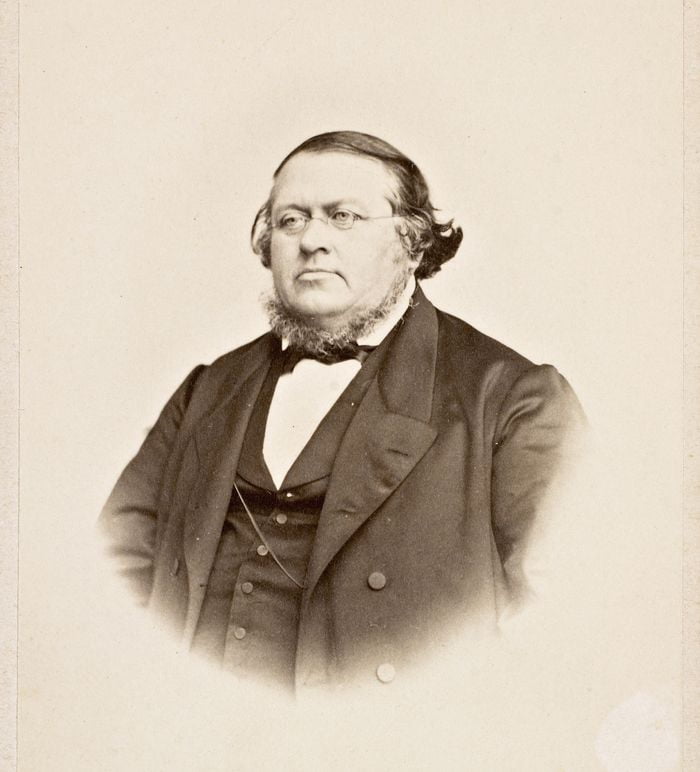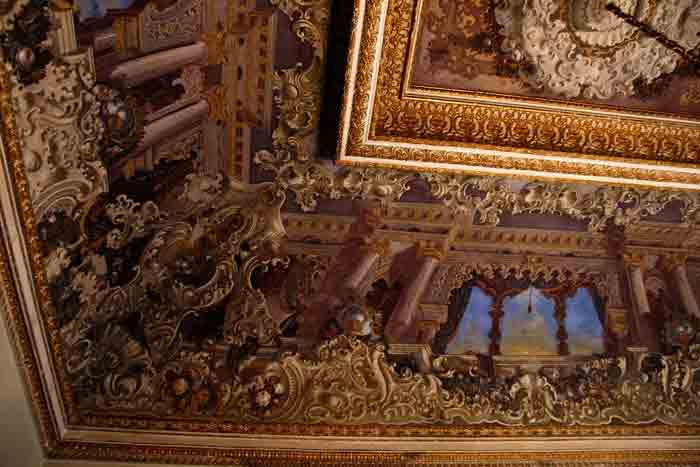Home Blog
Early Settlement of the Balkans
The Slavs arrived in the Balkan Peninsula from the eastern regions of the Russian steppe during the 5th century. Over the next two and...
Geography and Natural Features
Bulgaria is a mountainous country with a variety of landscapes, including mountain slopes, plains, rivers, and a long coastline along the Black Sea. Its...
Geography of Bulgaria
Location and Borders
Bulgaria is located in southeastern Europe. To the north, it is separated from Romania by the Danube River, which serves as a...
The Oversupply of Clergy
A simple calculation shows that in Greece there is roughly one priest for every two hundred people. This means the clerical profession is crowded,...
The King and His Faith
King George of Greece is a Protestant. He is the son of King Christian of Denmark, who was often called “the father-in-law of Europe.”...
The Queen Olga Controversy
The Riot and Its Consequences
The translation of the Bible into modern Greek caused a serious crisis in Athens. The controversy escalated into violence, and...
The Death of King Boris and German Control
King Boris Seeks a Way Out
Toward the later years of World War II, King Boris III of Bulgaria secretly began negotiating with his father-in-law,...
World War II and Bulgaria
The Molotov–Ribbentrop Discussions
In November 1940, the foreign ministers of the Soviet Union and Germany, Vyacheslav Molotov and Joachim von Ribbentrop, met in Berlin. Molotov...
King Boris and the Central European Powers
Political Instability and Stambolisky’s Role
During the reign of King Boris III, Bulgaria experienced a period of political instability. Different prime ministers came to power,...
Maria Glabaina Becomes a Nun
After her husband passed away, Maria Glabaina decided to become a nun. She changed her name to Martha. Instead of joining the men’s monastery...
